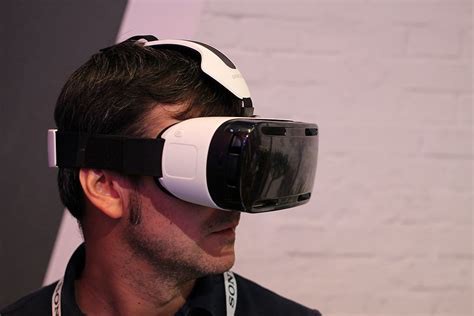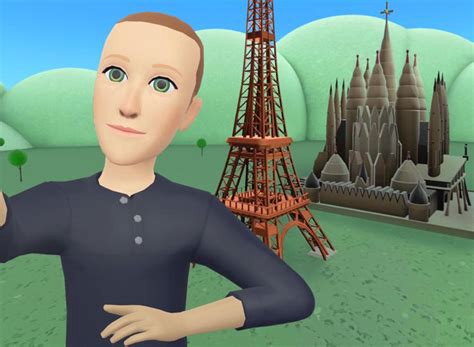As you know very well, the pandemic drove the world to find ways to connect virtually to get business done. It forced us to explore new virtual landscapes in search of effectively building culture, collaborating, and communicating across various stakeholders.
The inability to have parallel active participation for groups of people has been top of mind ever since we have shifted to a hybrid workforce, as traditional 2D video conferencing strips our ability to communicate as we do in-person e.g., lack of eye contact, living on mute, no side convos, etc.
During my time building our meeting software that improves presence - which as a result, drives active participation - I’ve learned more about the many facets of meeting software.
This article aims to break down the different ways Virtual Reality is utilized to deliver better experiences or communication outcomes relative to your typical Zoom/Teams call. After reading this, you’ll walk away educated about where technology is at today and where we could be going into the future.
To VR, or not to VR. That is the question
If you would have asked me a few years ago what I thought Virtual Reality (VR) was, this would have been my immediate thought:
Man using VR headset.
I’ve learned that VR headsets aren’t the only way VR technology is utilized. There’s a spectrum of how we can use this stuff.
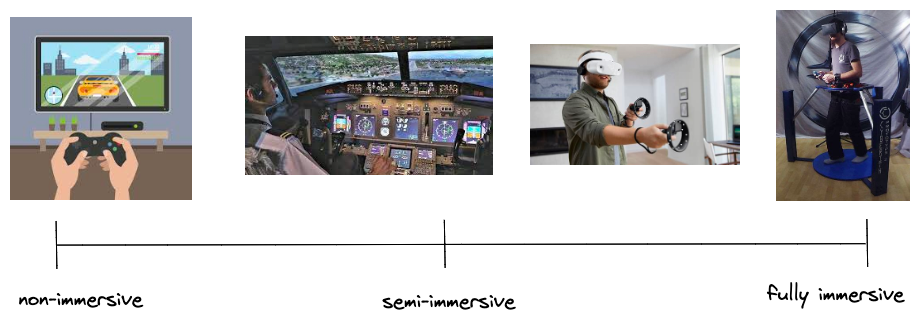 The spectrum of virtual reality.
The spectrum of virtual reality.
What does this have to do with online meetings? Believe it or not, a lot.
Non-immersive VR for Meetings
You’ve probably already used some form of non-immersive VR if you’ve used platforms like Gather Town or Remo.

Examples of non-immersive VR for meetings
Sticking with this side of the spectrum, we can still find completely different experiences such as Inverse or Spatial who opt for digital avatars instead of your webcam video.
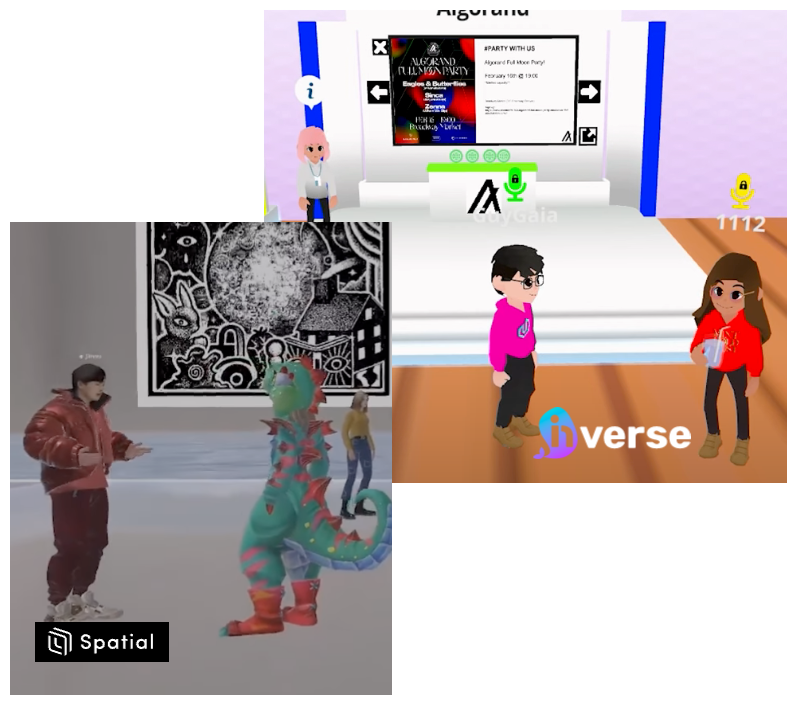
Inverse & Spatial use 3D objects to represent participants
We’re still on the same spectrum, yet there’s a BIG difference in the experience. Let’s create a diagram to track the nuances between the experiences.
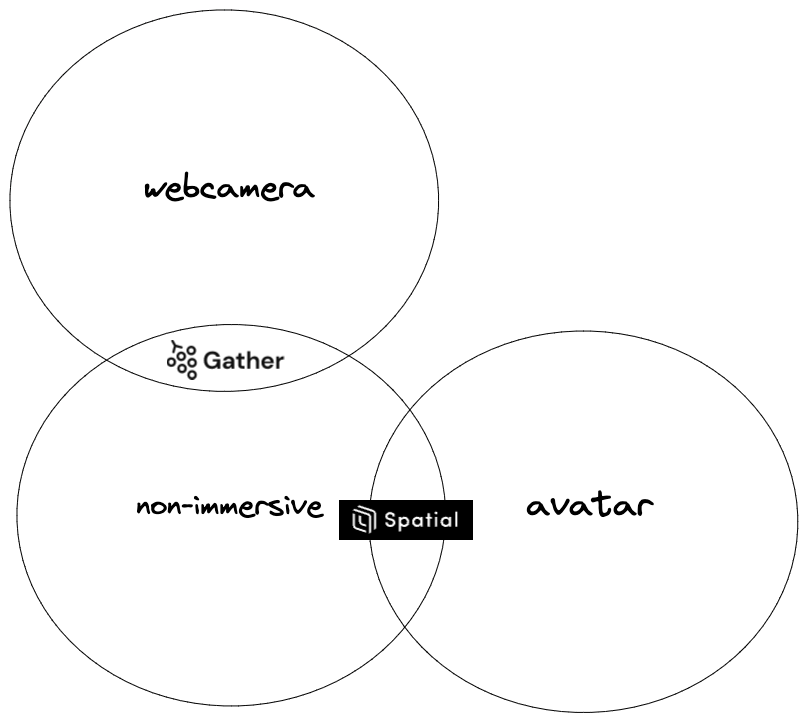
Non-immersive experiences can differ based on how people are represented
One difference that might pop out immediately between avatar versus webcamera is the virtual medium in which these two are represented. One lives in 2D, while the other is typically in a 3D environment.
That’s not always the case.
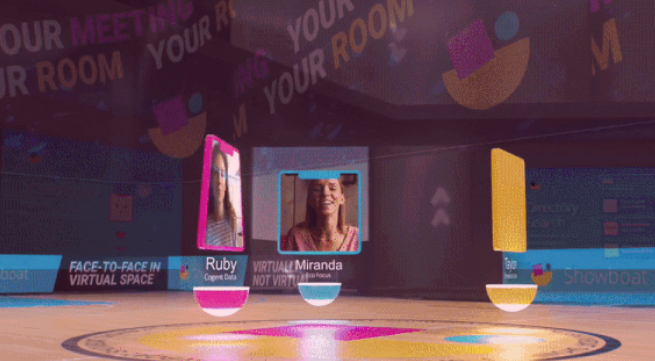
3D video conferencing by showboat
The folks over at showboat exhibit how webcamera feeds can still be used within a 3D virtual environment. So our diagram should now look something like…
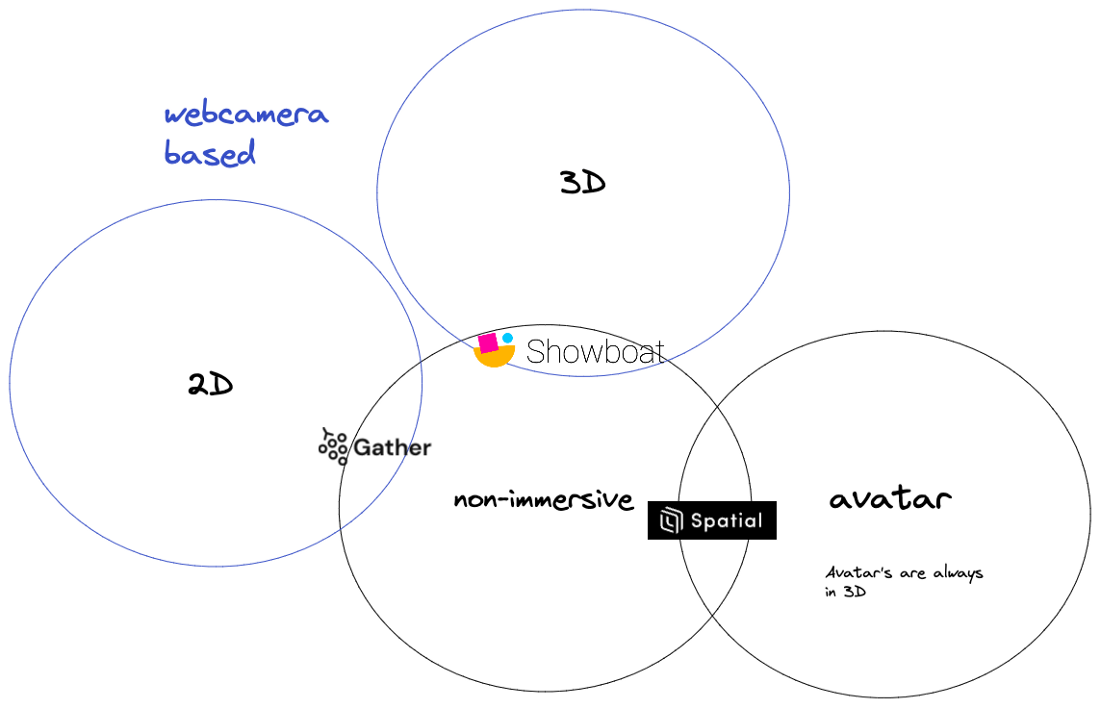
Webcamera based solutions can be in either 2D or 3D virtual environments
Semi-immersive VR for Meetings
Semi-immersive experiences are quite rare since they require a bunch of expensive hardware.
Google launched Project Starline, which utilizes a whole suite of depth measuring sensors to recreate an experience that felt like the person was right across from you. This experience required entering a 3D video conferencing booth, though, so don’t expect to use it anytime soon.
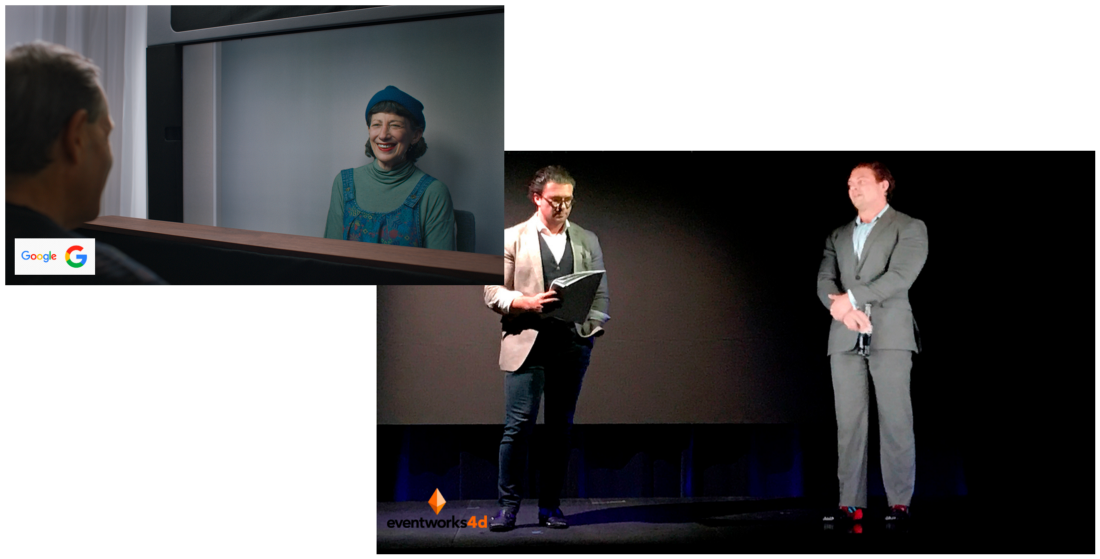 Examples of semi-immersive virtual reality used for meetings
Examples of semi-immersive virtual reality used for meetings
Live holographic experiences are becoming increasingly available from folks like Event Works 4D
These semi-immersive experiences literally beam others near us to make it feel like they are actually in the room.
 Semi-immersive experiences are not very accessible
Semi-immersive experiences are not very accessible
Fully-immersive VR for Meetings
Lots of folks have heard about it now ever since Facebook rebranded and started pushing the Metaverse. Some event tech companies decided to flock along and even pivoted their entire business model, such as the folks over at touchcast.
Right now, fully immersive experiences feel pretty gimmicky; just look at this selfie:
A “human” taking a selfie
But Facebook, ahem, I mean Meta, is spending billions on research to improve the experience. They’ve been developing a concept called Avatar Codec, which plans to deliver 3D representations of yourself even while wearing a headset.
THESE ARE AVATARS AKA DIGITAL REPRESENTATIONS OF A REAL PERSON:
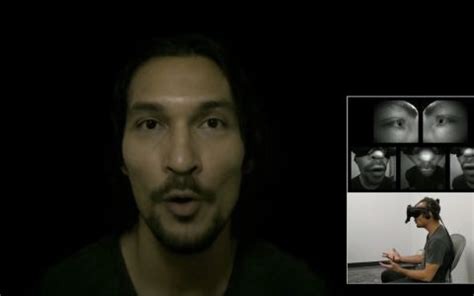
Real-time Avatar Codec on the top, Swapping appearance of an avatar on the bottom
When these photo-realistic avatars will be in the hands of consumers is unknown.
This leads us to wrap up our diagram with the following:
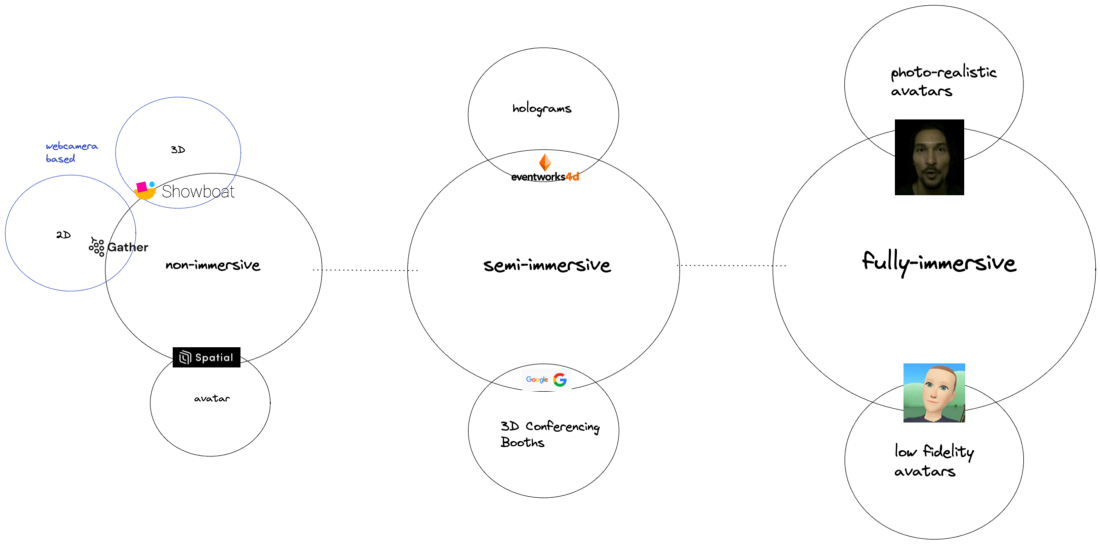 The full spectrum of virtual reality and meeting software
The full spectrum of virtual reality and meeting software
Conclusion
A remote-first society demands better meeting software, and Virtual Reality is on track to deliver our needs. Albeit, it’s still far from perfect & some tools might make meetings worse.
From countless interviews, people appreciate webcam over avatars any day. Some have grown to despise needing to “dress” an avatar, and quite frankly, I agree; it’s a total waste of time.
Anything that requires additional hardware will continue to be a hurdle, so folks are leaning towards non-immersive VR due to its accessibility.
My totally biased opinion is that 3D video conferencing is the future, although execution varies, which tremendously affects the overall experience:
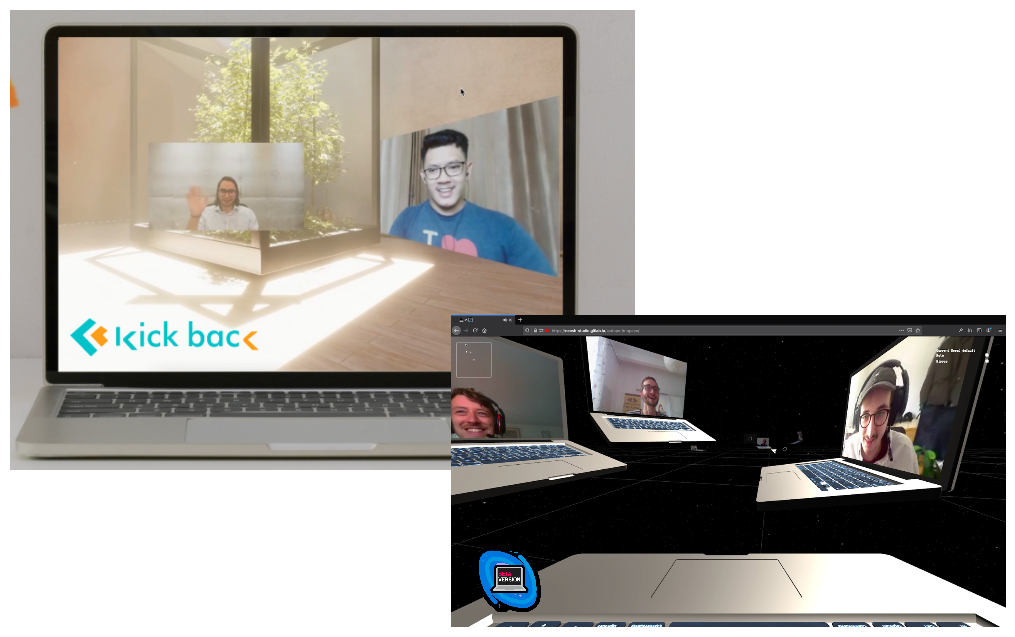 kick back offers photo-realistic virtual environments. Others can’t due to how they decided to build their solution i.e. differences in execution
kick back offers photo-realistic virtual environments. Others can’t due to how they decided to build their solution i.e. differences in execution
Virtual Reality applications will continue to evolve and perhaps one day become more prevalent than our go-to Zoom/Teams calls.
Not sure which tools are the best for your use case? Reach out to [email protected] & I’ll give you free pointers on what to look out for.

